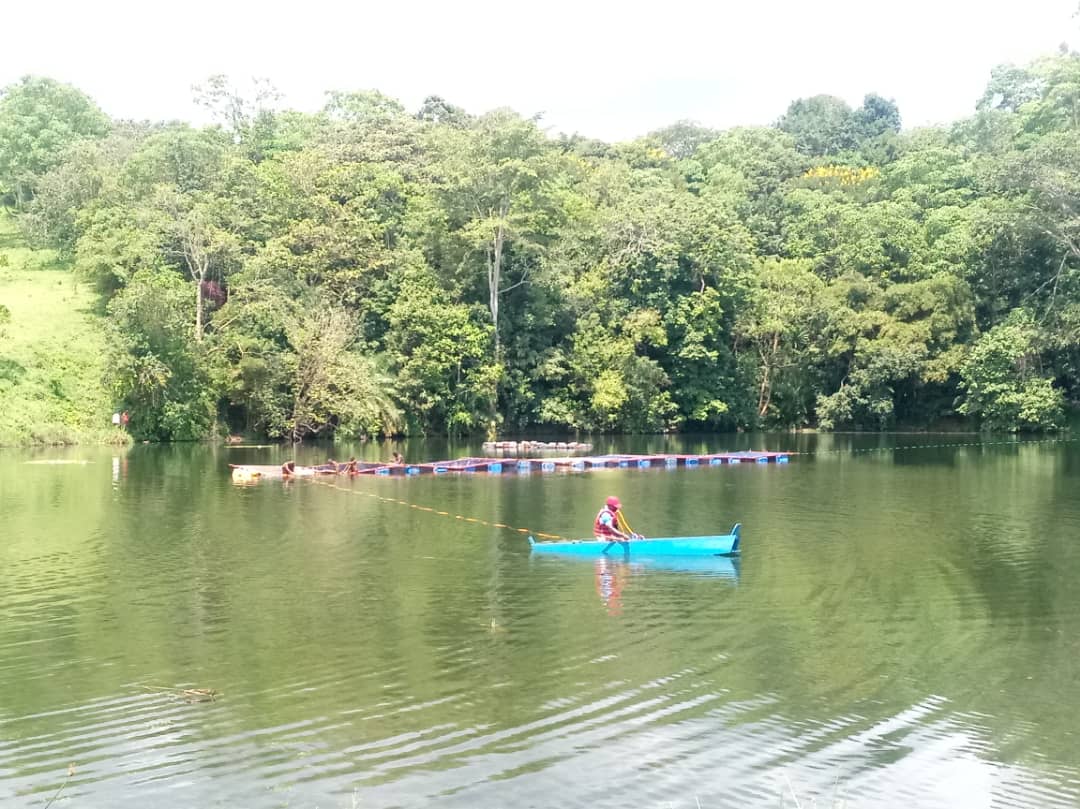
Government Injects Shs5bn into Cage Fish Farming in Kabarole Crater Lakes
The government through the National Agricultural Advisory Services (NAADS) has launched a Shs5 billion project to promote cage fish farming on the 49 crater lakes in Kabarole district.
The project is implemented under the Presidential Initiative on Agro Industrialization for local economic development (AGRILED) in the Rwenzori Region which is aimed at transforming local government system to facilitate effective business-oriented local development with a focus on poverty reduction and sustainable wealth creation.
Kabarole District is one of the few areas in Uganda endowed with crater lakes which are mainly used as tourist sites with miniature fishing activities around these lakes.
According to NAADS, the district has 49 crater lakes in total, however, most of them have not been fully utilized for fishing due to limited technology to utilize the deep lakes, yet these water bodies have the potential to serve in a versatile capacity for fish production.
Kabarole and the entire Rwenzori region’s domestic fish production is dominated by the small-scale artisanal farmers whom the government wants to encourage to go into cage fish farming system to utilize the vast available scattered inland water bodies.
Although they are 49 Crater lakes available, only 22 have been tested and cleared for cage fish farming.
According to Grace Fatuma Kazigati, the NAADS Agribusiness development officer, the project will be implemented in a phased manner starting with the 4 sub-counties of Ruteete, Kichwamba, Kasenda Sub County and Kasenda Town Council.
A total of 7 crater lakes have been identified to kick start the project; two from Rutete, four from Kasenda and one from Kichwamba.
She said under the project, the farmers will be trained in fish production, provided with fish fingerlings for stocking and also given 30 fish cages with each installed and stocked with 3,500 fingerings.
“These creator lakes were selected after a feasibility study on the nature of the waters and their past history of supporting fish life. We have already started the implementation of the project by training them in areas of mindset change, development of business plans, cost benefit analysis for fish farming and the role of farmer organizations in maximizing profits in cage fish farming. In addition, we have equipped the farmers with knowledge, skills and information on technical aspects of cage fish production,” she said.
“We have also trained the Extension staff in charge of each of the four pilot sub-counties to enable them follow up and further guide the farmers on how to maximize their profits. We have trained a total of 150 farmers in the first phase,” she added.
The project is implemented under the Presidential Initiative on Agro Industrialization for local economic development (AGRILED) in the Rwenzori Region. It is aimed at transforming local government system to facilitate effective business oriented local development with a focus on poverty reduction and sustainable wealth creation.
Kabarole District is one of the few areas in Uganda endowed with crater lakes which are mainly used as tourist sites with miniature fishing activities around the lakes.
The district is gifted with 49 crater lakes in total; however, most of them have not been fully utilized for fishing due to limited technology to utilize the deep lakes.
Kabarole and the entire Rwenzori region’s domestic fish production is dominated by the small-scale artisanal farmers whom the government wants to encourage to go into cage fish farming system to utilize the vast available scattered inland water bodies.
According to the National Development Program (NDP III), the government plans to increase fish production by 2030 with the fisheries sub-sector expected to produce up to 1,000,000 metric tons mostly through revamped aquaculture and restocking of small lakes and making use of emerging fishery of small fishes like Mukene on Lake Victoria and Ragogi on Lake Albert.
The Fisheries Officer Kabarole, Baguma Brian cautioned the farmers to take the project seriously citing good feeding for the fish as a must if they are to benefit from the Government support.
He explained that there is minimal risk in cage fish farming if the fish are well fed unlike crops which are affected by season changes.
The Vice Chairperson Kabarole district Stella Kyorampe said the project will not only help the district to tap the fast-growing market opportunities and increasing demand for fish at local, regional and international markets, but will also create employment opportunities for locals within the area.
The RDC Kabarole Julian Ayesiga said the project is expected to improve on household incomes of the farming communities, ensure food security, provide source of employment for the youth and women and subsequent foreign exchange.
She committed to offer all the necessary support to ensure all the key players in the district benefit from this unique project.
The fisheries sector in Uganda provides a vital source of food, providing about 50% of animal protein. It employs close to 80,000 people who are directly involved in catching fish, and a further 800,000 people who are involved in downstream activities related to fishing.
Links
- 315 views






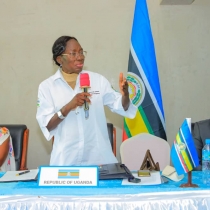
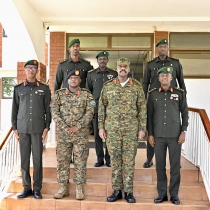
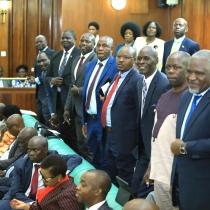
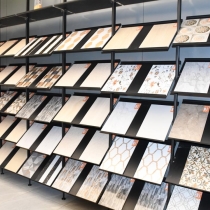








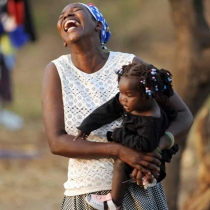





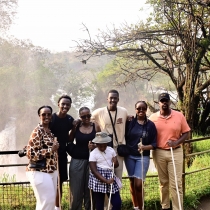

















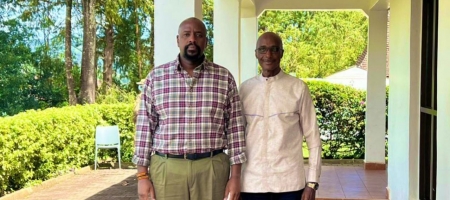
Join the conversation